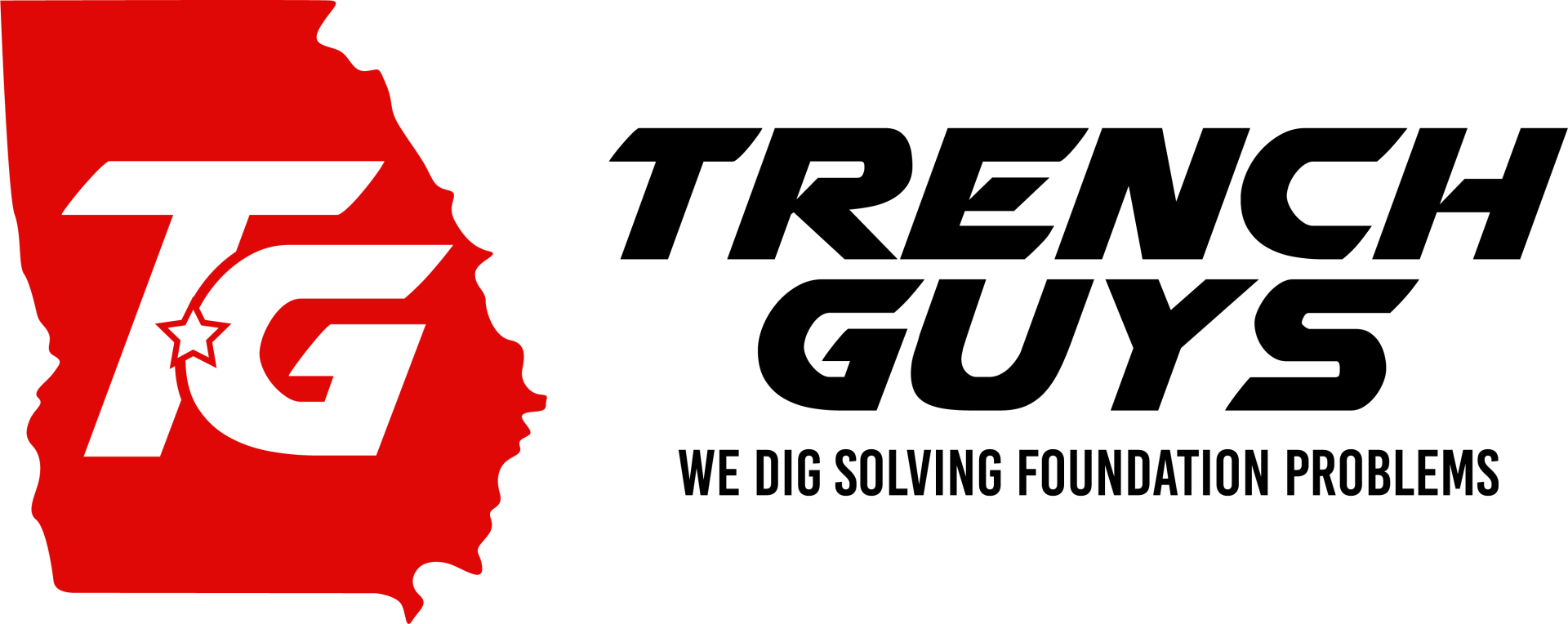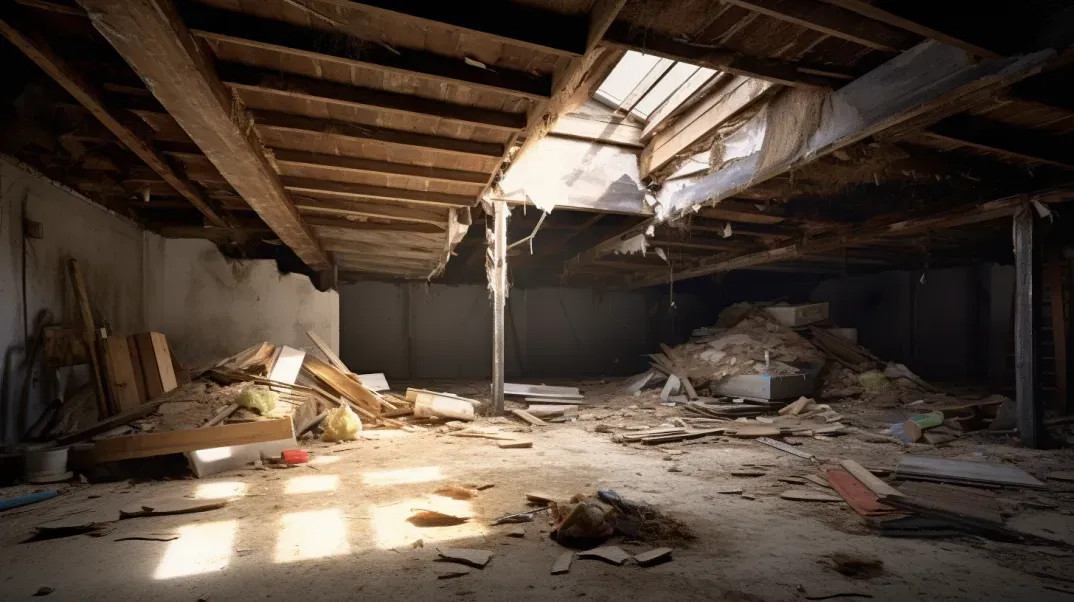The structural integrity of your crawl space is fundamental to the overall stability and safety of your home. Often overlooked, this hidden area beneath your house plays a crucial role in supporting the structure above, ensuring that your home remains secure and durable over time. Maintaining the integrity of the crawl space is essential for preventing a range of issues that can compromise the safety and functionality of your living environment.
Crawl spaces are subject to various threats, including moisture buildup, pest infestations, and soil movement, all of which can weaken the structural components if not addressed promptly. Moisture can lead to wood rot and mold growth, while pests like termites and rodents can cause significant damage to beams and insulation. Additionally, soil movement and poor construction practices can result in settling, cracks, and instability.
Understanding the critical nature of structural integrity in crawl spaces involves recognizing these potential issues and implementing effective maintenance and repair strategies. Regular inspections, proper moisture control, and timely repairs are vital to preserving the strength and reliability of your crawl space.
In this blog, we will explore the key components of structural integrity in crawl spaces, common threats to stability, and best practices for maintaining a strong and secure foundation. By prioritizing the health of your crawl space, you can ensure the long-term safety and comfort of your home.
Recognizing the Signs of Structural Emergencies
Understanding and identifying the early signs of structural emergencies in your crawl space is crucial for preventing severe damage and ensuring the safety of your home. Early detection and prompt action can help mitigate risks and avoid costly repairs.
Common Indicators of Structural Problems
Sudden Sagging or Uneven Floors
- Sagging Floors: If you notice that your floors are suddenly sagging or feel uneven when walking, this could be a sign of compromised support beams or joists in the crawl space. Immediate inspection and reinforcement are necessary to prevent further deterioration.
Cracks in Walls, Ceilings, or Foundation
- Cracks: Cracks appearing in walls, ceilings, or the foundation are significant indicators of structural issues. While small, non-growing cracks might not be urgent, large or expanding cracks suggest serious underlying problems, such as foundation settling or shifting.
Doors and Windows That No Longer Open or Close Properly
- Sticking Doors and Windows: When doors and windows that previously operated smoothly begin to stick or fail to close properly, it can indicate that the structure is shifting or settling unevenly. This often points to issues with the foundation or supporting framework.
Unusual Noises Such as Creaking or Popping
- Creaking and Popping Sounds: Unusual noises like creaking, popping, or snapping sounds coming from floors, walls, or ceilings can indicate that the structural components are under stress or shifting. These sounds are often a warning sign of potential failure in the structural integrity.
Causes of Structural Emergencies
Severe Weather Events (Flooding, Earthquakes)
- Flooding: Flooding can saturate the soil around your foundation, leading to increased pressure on the walls and potential water intrusion into the crawl space. This can weaken structural components and lead to cracking or settling.
- Earthquakes: Earthquakes can cause sudden and severe movement in the foundation and structural elements of your home. This can result in immediate damage such as cracks, shifts, and even partial collapses.
Rapid Soil Settlement or Erosion
- Soil Settlement: Rapid or uneven soil settlement beneath your foundation can cause significant structural shifts. This can lead to cracks in the foundation, uneven floors, and misaligned doors and windows.
- Erosion: Erosion of the soil around your foundation, often due to improper drainage or severe weather, can undermine the stability of the foundation. This can result in structural weakening and increased risk of collapse.
Water Damage from Plumbing Leaks or Groundwater Intrusion
- Plumbing Leaks: Leaking pipes in or around the crawl space can introduce significant amounts of water, leading to wood rot, mold growth, and weakening of structural components.
- Groundwater Intrusion: Groundwater seeping into the crawl space can cause persistent dampness, contributing to the deterioration of wooden beams and supports. This can compromise the overall stability of the structure.
Pest Damage (Termites, Rodents)
- Termite Damage: Termites can cause extensive damage to wooden structures by eating away at the wood from the inside out. This can severely weaken support beams and joists, leading to structural instability.
- Rodent Infestations: Rodents can chew through wood, insulation, and wiring, causing both structural damage and potential safety hazards. Their presence can also lead to unsanitary conditions and additional pest problems.
Immediate Safety Measures
When a structural emergency arises in your crawl space, taking immediate safety measures is crucial to protect yourself and your home. Ensuring personal safety and stabilizing the affected area can prevent further damage and mitigate risks.
Ensuring Personal Safety
Evacuating the Premises if Structural Collapse is Imminent
- Immediate Evacuation: If there are clear signs that a structural collapse is imminent, such as severe cracking, loud creaking sounds, or visibly sagging floors, evacuate the premises immediately. Ensure that all family members and pets are safely outside the home.
- Emergency Services: Contact emergency services for immediate assistance. They can assess the situation and provide guidance on the next steps.
Avoiding Entry into the Crawl Space Until It Has Been Assessed
- No Entry: Avoid entering the crawl space until it has been professionally assessed. Structural damage can create hazardous conditions, including the risk of collapse, making it unsafe to enter.
- Professional Inspection: Hire a qualified structural engineer or contractor to inspect the crawl space. They have the expertise to identify and evaluate the extent of the damage safely.
Using Protective Gear if Inspection is Necessary
- Protective Gear: If a preliminary inspection is necessary and safe to conduct, wear appropriate protective gear, including a hard hat, safety goggles, gloves, and sturdy footwear. This gear can protect you from falling debris and other hazards.
- Caution and Care: Proceed with extreme caution during any inspection, avoiding areas that appear unstable or at risk of further collapse.
Stabilizing the Area
Shoring Up the Area with Temporary Supports if Safe to Do So
- Temporary Supports: If it is safe and feasible, use temporary supports to shore up the affected area. This can help prevent further collapse and provide stability until permanent repairs can be made.
- Proper Materials: Use sturdy materials such as steel or heavy-duty timber for temporary supports. Ensure they are securely positioned to bear the load without shifting.
Blocking Off Access to the Affected Area to Prevent Accidents
- Restrict Access: Block off access to the crawl space and any affected areas to prevent accidental entry. Use barriers, caution tape, or temporary fencing to clearly mark the area as unsafe.
- Signage: Post clear signage indicating the hazard and advising against entry. This helps ensure that family members, guests, and workers stay clear of the danger zone.
Turning Off Utilities (Water, Gas, Electricity) if They Pose a Risk
- Utility Shutoff: Turn off utilities such as water, gas, and electricity if they pose a risk of further damage or create safety hazards. For example, water leaks can worsen structural issues, and gas or electrical problems can lead to fires or explosions.
- Professional Help: Contact utility providers or a professional technician to safely shut off and inspect the utilities. They can ensure that everything is safely disconnected and advise on necessary repairs.
Conducting an Initial Assessment
Conducting an initial assessment is the first step in addressing structural issues in your crawl space. A thorough inspection helps identify the extent of the damage and informs the necessary repairs.
Visual Inspection
Inspecting the Exterior for Visible Cracks and Shifts
- Exterior Cracks: Walk around the exterior of your home and inspect the foundation walls for visible cracks or shifts. Look for horizontal, vertical, or diagonal cracks, as these can indicate different types of structural stress.
- Foundation Shifts: Observe any noticeable shifts or settling in the foundation. This may manifest as tilting, bulging, or sections of the foundation appearing out of alignment with the rest of the structure.
Checking the Interior for Signs of Structural Distress
- Interior Cracks: Inside the home, inspect walls, ceilings, and floors for cracks. Pay particular attention to areas around windows and doors, as these can be points of structural weakness.
- Doors and Windows: Check if doors and windows open and close properly. Misalignment can indicate foundation shifts or structural movement.
- Sagging or Uneven Floors: Walk across floors to feel for sagging or unevenness. This can be a sign of weakened support beams or joists in the crawl space.
Documenting Damage with Photos and Notes for Reference
- Photographic Evidence: Take clear, detailed photos of all visible damage, including cracks, shifts, and other signs of structural distress. Photographs provide a visual record that can be useful for contractors and insurance purposes.
- Detailed Notes: Keep detailed notes describing the location, size, and nature of the damage. Note any patterns or specific areas of concern. This documentation will help track the progression of issues and plan for repairs.
Using Basic Tools for Assessment
Measuring the Width and Length of Cracks
- Crack Measurements: Use a tape measure or ruler to measure the width and length of cracks. Record these measurements in your notes to monitor any changes over time. Cracks wider than 1/4 inch may indicate significant structural problems that need immediate attention.
Using a Level to Check for Uneven Floors
- Level Check: Use a carpenter’s level to check for uneven floors. Place the level on various sections of the floor to identify areas that are sloping or uneven. Note the degree of unevenness, as this can help determine the extent of the underlying issue.
Employing Moisture Meters to Detect Water Damage
- Moisture Detection: Use a moisture meter to check for hidden moisture in walls, floors, and structural components. High moisture levels can lead to wood rot, mold growth, and further structural damage. Regularly monitoring moisture levels helps identify and address water intrusion early.
Contacting Professionals
When dealing with structural issues in your crawl space, seeking professional help is crucial for accurate assessment and effective repairs. Choosing the right experts and providing them with essential information ensures that the necessary steps are taken to restore your home's stability and safety.
Choosing the Right Experts
Structural Engineers for Comprehensive Assessment
- Expert Evaluation: Structural engineers are trained to perform comprehensive evaluations of your home's structural integrity. They can identify the root causes of issues such as foundation settling, cracks, and structural shifts.
- Detailed Reports: Structural engineers provide detailed reports outlining the current condition of your crawl space, recommended repairs, and preventive measures. Their assessments are invaluable for creating an effective repair plan.
Licensed Contractors Specializing in Crawl Space Repairs
- Specialized Skills: Licensed contractors with experience in crawl space repairs have the skills and knowledge necessary to address specific issues like moisture control, pest damage, and structural reinforcement.
- Quality Workmanship: Hiring specialized contractors ensures that repairs are carried out to the highest standards, using appropriate materials and techniques. This helps maintain the long-term stability and safety of your home.
Insurance Adjusters to Document Damage for Claims
- Damage Documentation: If your crawl space issues are covered by insurance, an insurance adjuster can help document the damage and assist in filing a claim. They assess the extent of the damage and determine the compensation you're entitled to.
- Claims Assistance: Insurance adjusters guide you through the claims process, ensuring that all necessary documentation is provided and that your claim is processed efficiently.
Providing Essential Information
Detailed Description of Observed Damage and Conditions
- Clear Descriptions: Provide a detailed description of the observed damage and conditions in your crawl space. Include information about the types of cracks, their locations, any signs of sagging or uneven floors, and other relevant observations.
- Severity and Progression: Note the severity of the damage and whether it has worsened over time. This information helps professionals understand the urgency and scope of the repairs needed.
Photos and Notes from the Initial Assessment
- Visual Documentation: Share the photos you took during your initial assessment. These images provide visual evidence of the damage and help professionals assess the situation remotely before a site visit.
- Comprehensive Notes: Provide your detailed notes, including measurements of cracks, moisture levels, and any other relevant data. This documentation helps professionals plan their inspection and repairs more effectively.
Any Immediate Measures Taken to Stabilize the Area
- Stabilization Efforts: Inform professionals about any immediate measures you took to stabilize the crawl space, such as installing temporary supports, sealing cracks, or turning off utilities. This helps them understand the current state of the area and any precautions that were taken.
- Preventive Actions: Mention any preventive actions you implemented to mitigate further damage, such as improving drainage around the foundation or using dehumidifiers. This information can influence the recommended repair and maintenance strategies.
Temporary Solutions to Prevent Further Damage
When immediate structural issues arise in your crawl space, implementing temporary solutions can help prevent further damage until permanent repairs can be made. These measures focus on controlling moisture and providing temporary structural support.
Moisture Control
Setting Up Dehumidifiers to Reduce Humidity
- Dehumidifiers: Place dehumidifiers in the crawl space to control and reduce humidity levels. High humidity can lead to mold growth, wood rot, and other moisture-related issues. Dehumidifiers help maintain a drier environment, preventing further damage.
- Monitoring: Regularly check and empty the water collection reservoirs of dehumidifiers, and monitor the humidity levels to ensure they remain within safe limits (typically below 60%).
Placing Plastic Sheeting or Tarps Over Exposed Areas
- Plastic Sheeting: Cover exposed soil and open areas with heavy-duty plastic sheeting or tarps. This acts as a vapor barrier, preventing moisture from rising up from the ground and affecting the crawl space structure.
- Securing Covers: Ensure that the plastic sheeting or tarps are securely fastened and overlap at the seams to provide continuous protection. Use weights or stakes to keep them in place.
Ensuring Proper Drainage Around the Foundation
- Foundation Drainage: Improve drainage around the foundation to prevent water from pooling and seeping into the crawl space. This includes checking and cleaning gutters and downspouts, ensuring they direct water away from the house.
- Grading: Ensure the ground around your home slopes away from the foundation. Proper grading helps direct surface water away, reducing the risk of water intrusion and moisture buildup in the crawl space.
Temporary Structural Supports
Installing Temporary Braces or Jacks to Support Weakened Areas
- Temporary Braces: Install temporary braces made of sturdy materials such as steel or heavy-duty timber to support weakened beams and joists. These braces provide immediate support and prevent further sagging or collapse.
- Jacks: Use hydraulic or screw jacks to lift and support areas that have settled or are sagging. Adjust the jacks to provide even support and prevent further damage.
Using Adjustable Columns for Quick Support Adjustments
- Adjustable Columns: Install adjustable steel columns (also known as screw jacks or telescoping columns) to provide quick and flexible support. These columns can be easily adjusted to the required height, offering stability to weakened areas.
- Placement: Place the adjustable columns under sagging beams or joists to distribute weight evenly and provide temporary reinforcement.
Avoiding Heavy Loads on the Supported Areas Until Permanent Repairs Are Made
- Load Management: Avoid placing heavy loads on areas that are temporarily supported. This includes moving furniture, appliances, and other heavy items away from the affected areas to prevent additional stress on the structure.
Usage Limitations: Limit the use of rooms or spaces above the supported areas until permanent repairs are completed. This helps minimize the risk of further damage or sudden collapse.
FAQs
Contact Trench Guys Today!
Trench Guys will do everything we can to ensure your experience with us is excellent.
Request A FREE Estimate
Request a Free Estimate Form
Checkout Recent Post
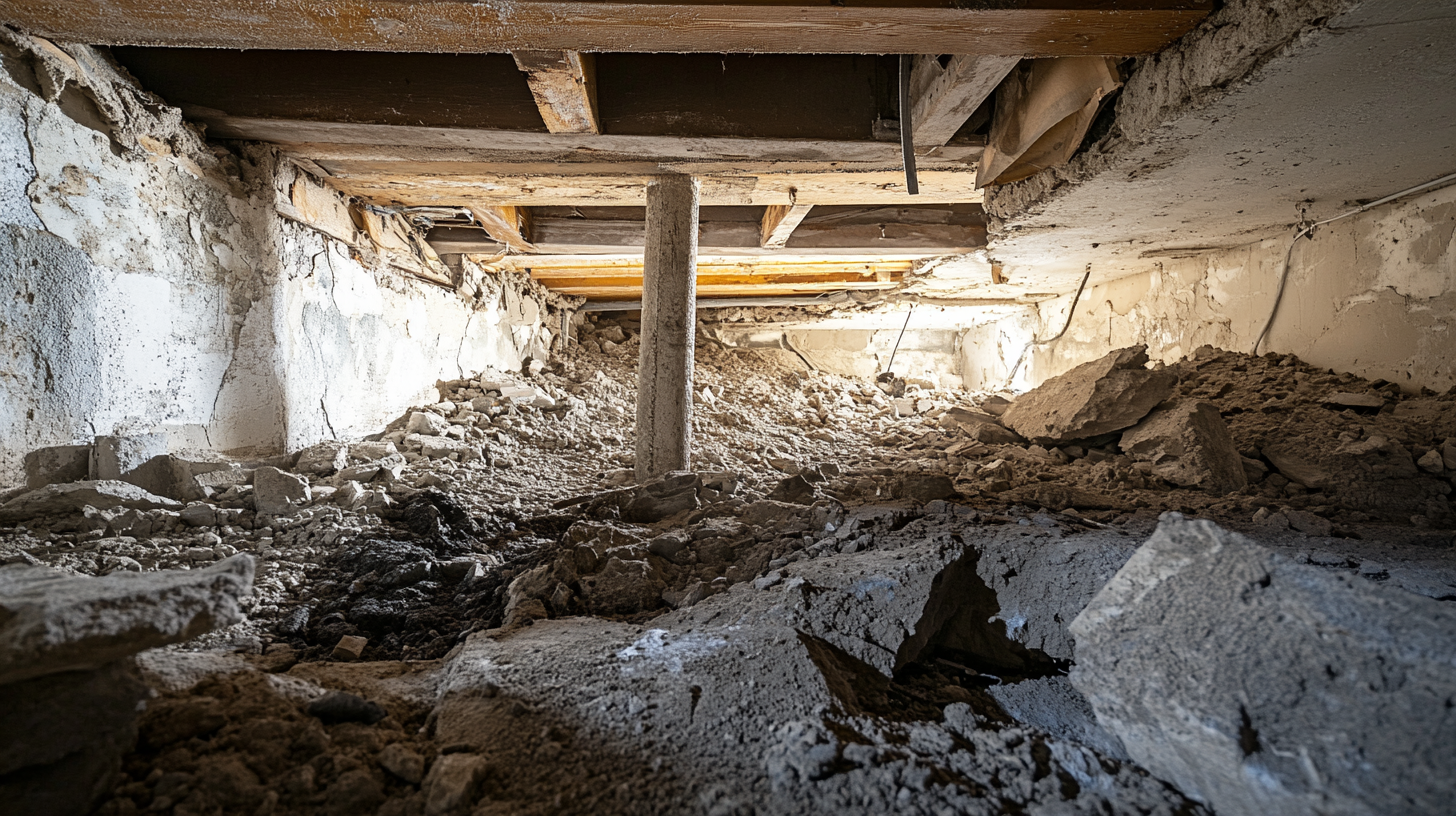

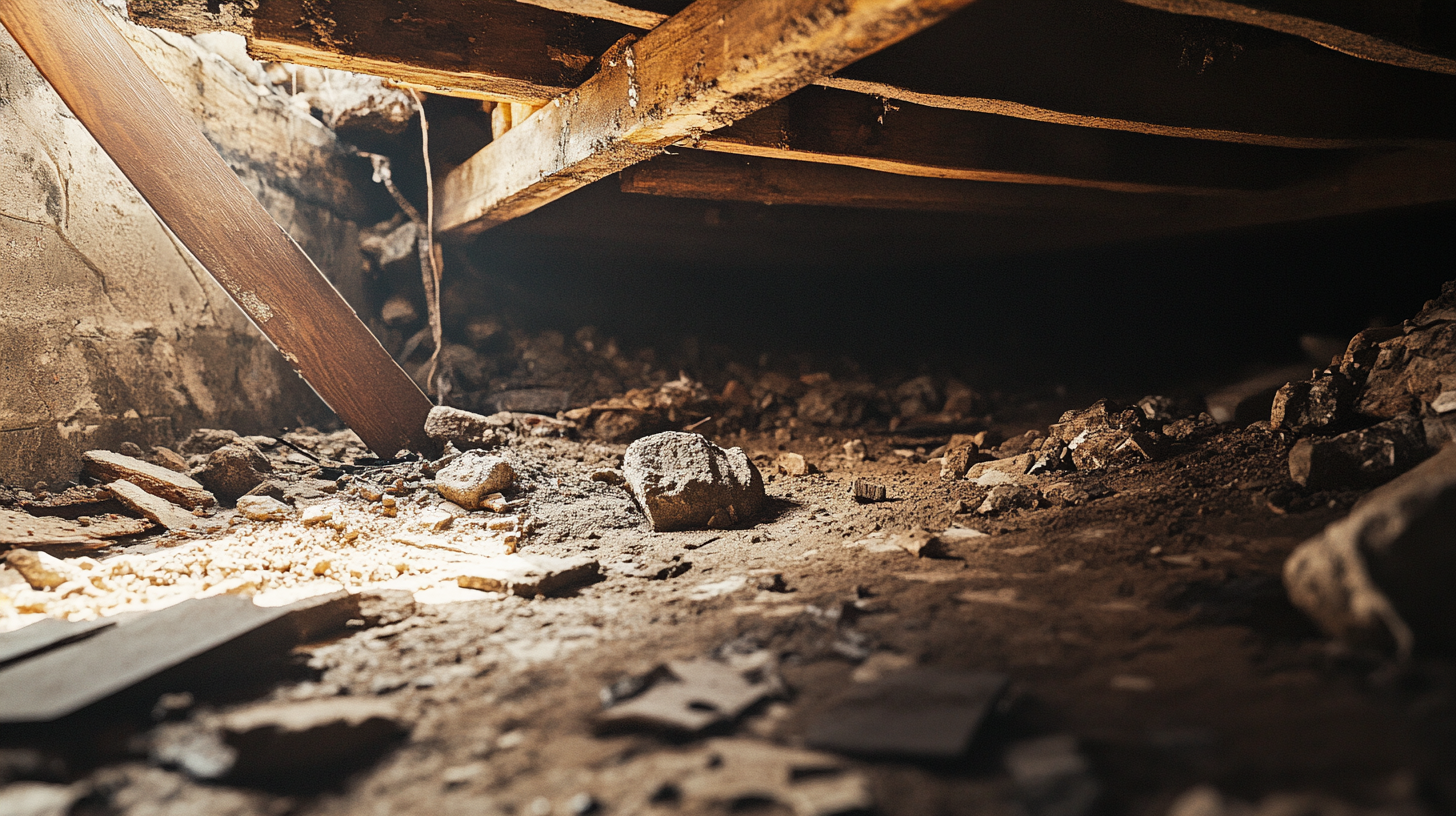
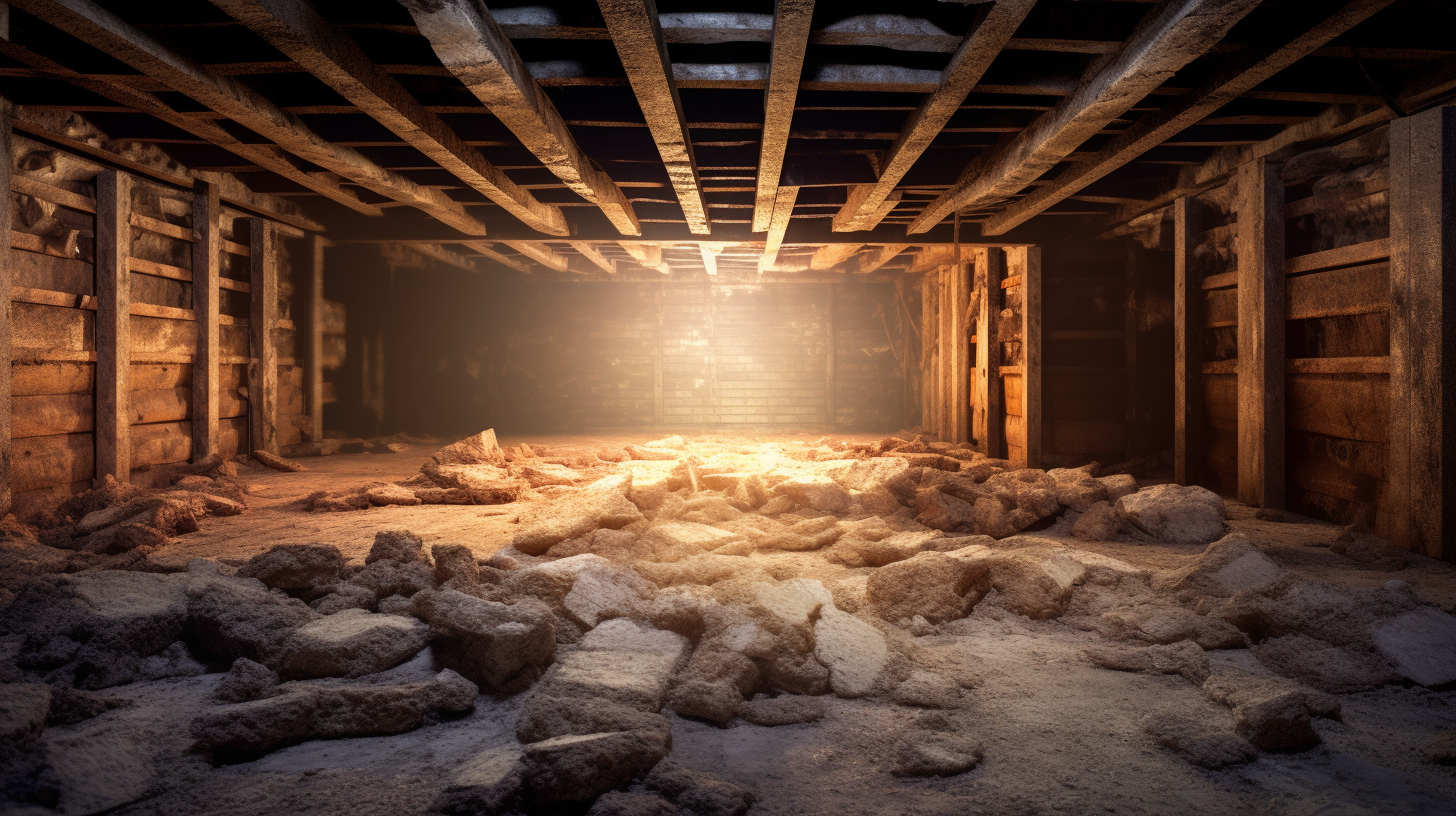
Got a Question? We’re Here to Help.
You can arrange an appointment or make an enquiry by phone or email, orget in touch to us via our contact form.
